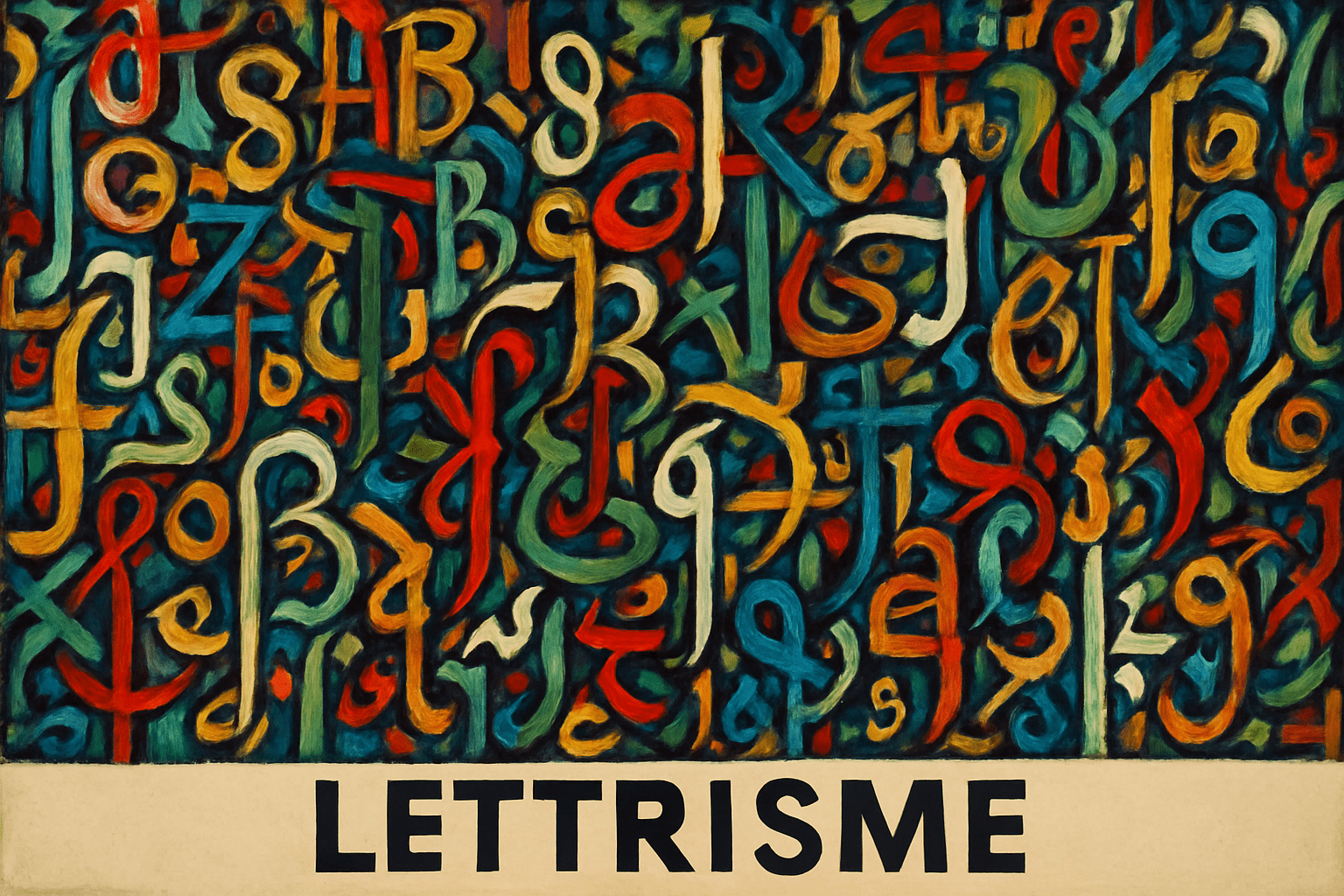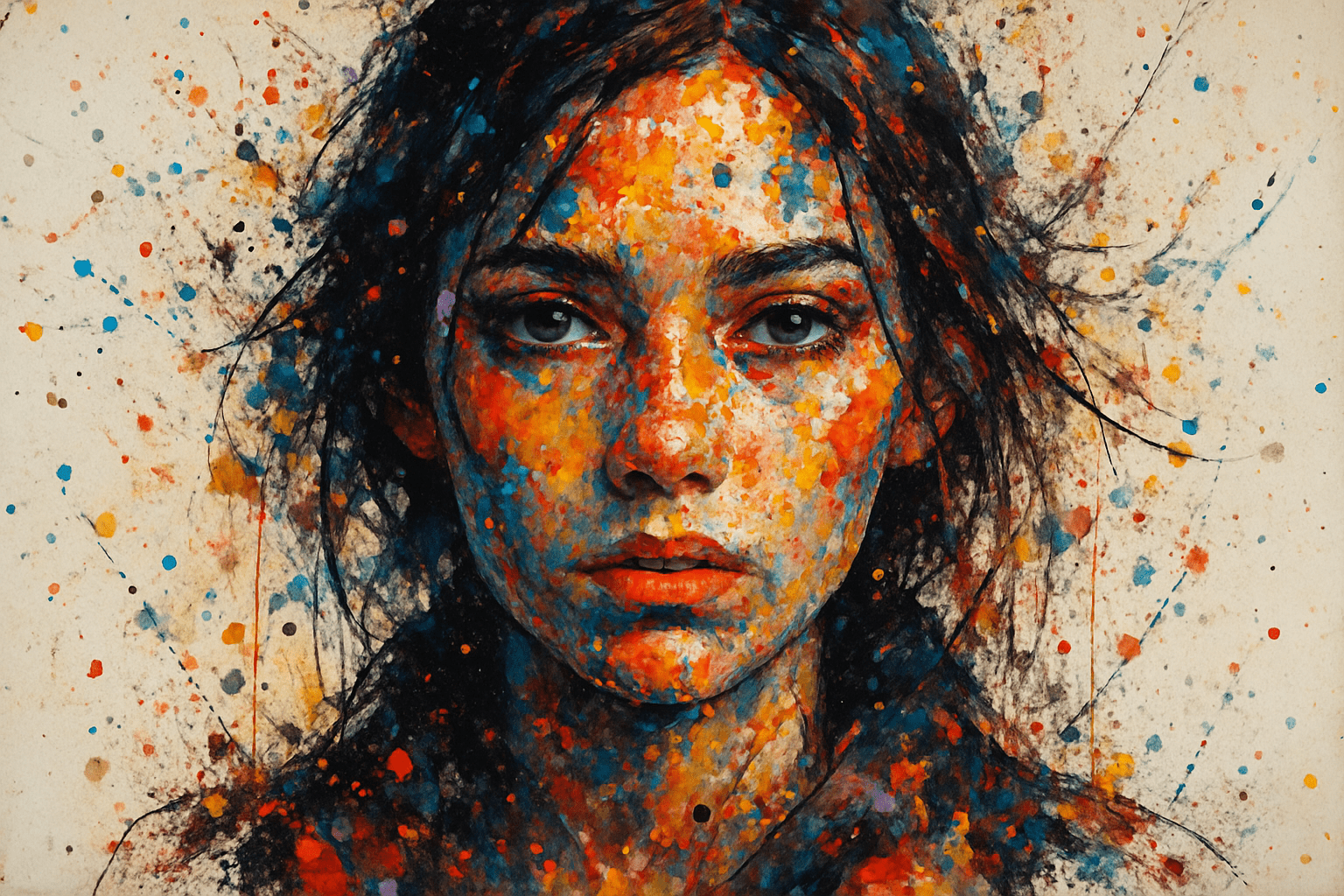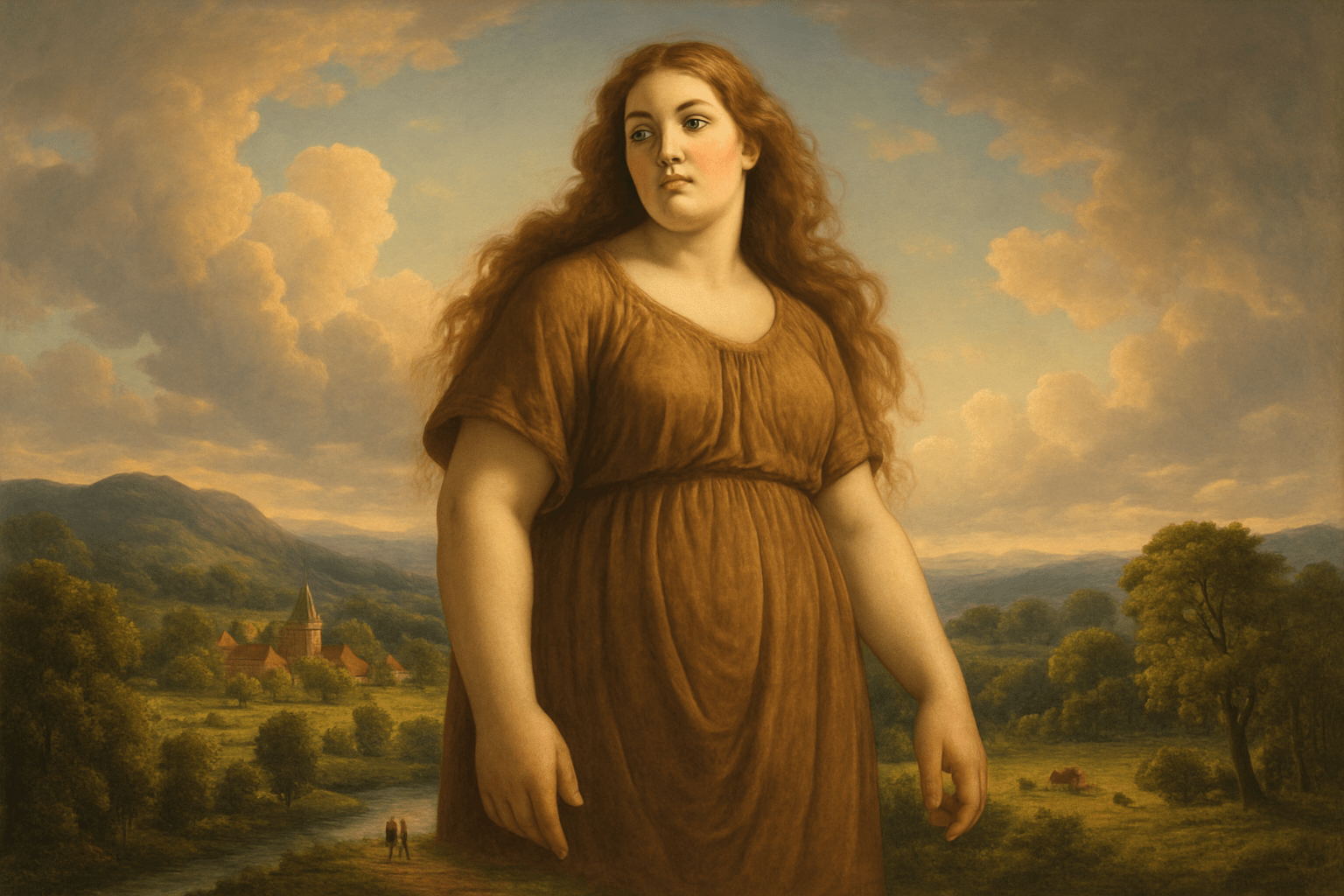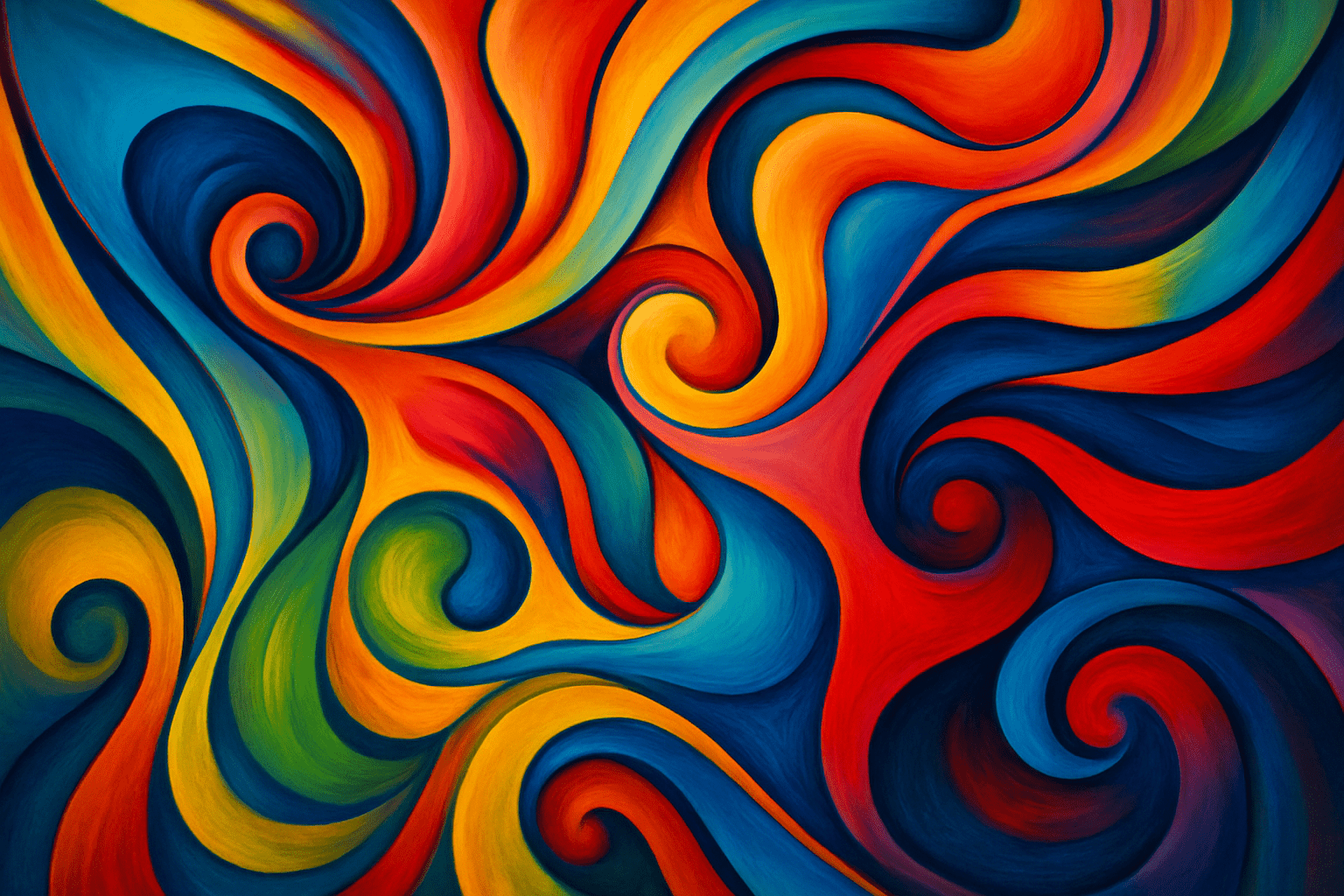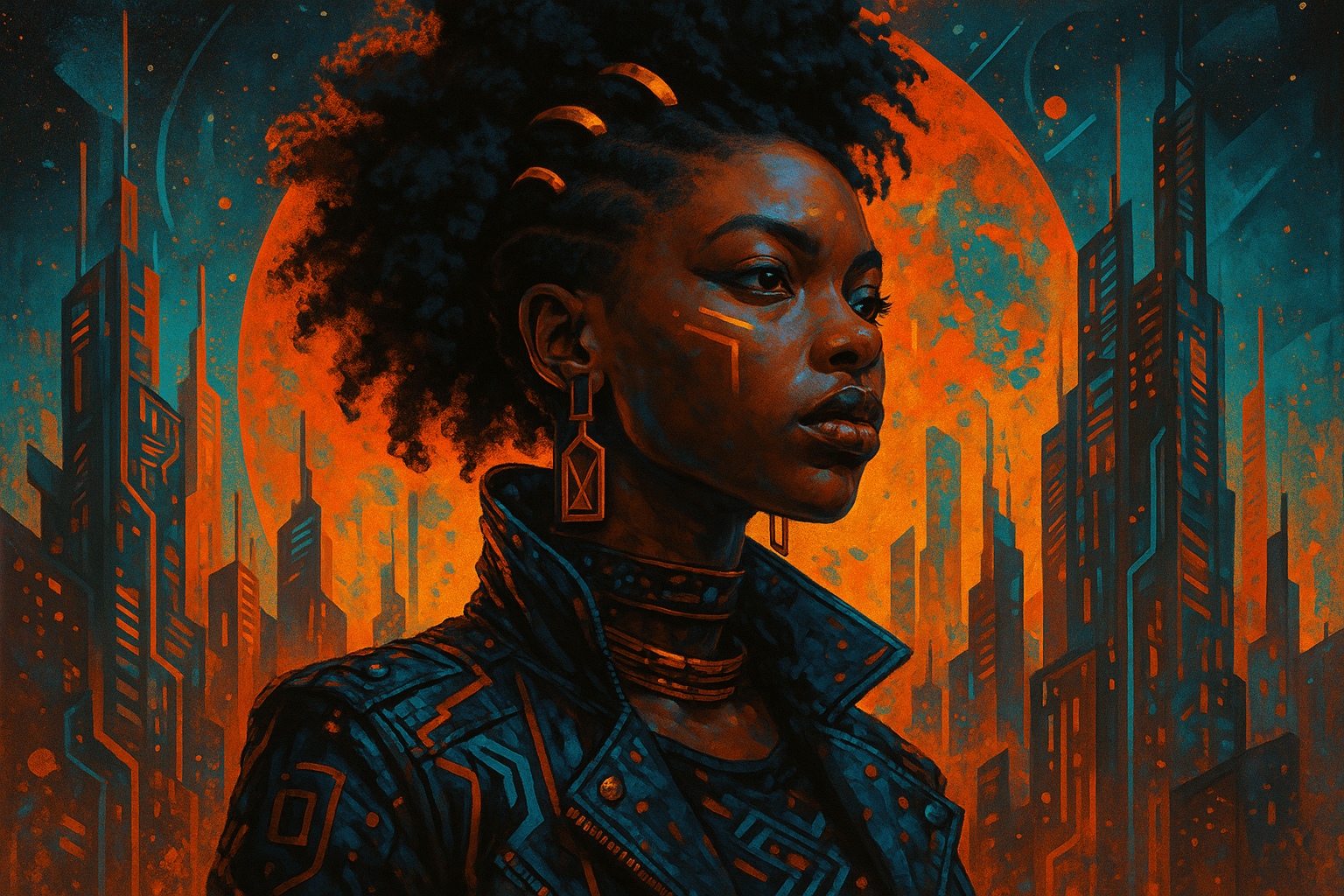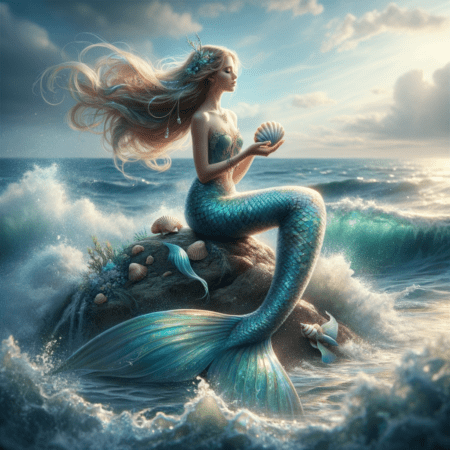
Letterism
The art style Letterism is characterized by its use of letters and words as its primary means of communication. This style is often seen as being very chaotic and busy, as it can often be difficult to decipher what the artist is trying to say. Letterism can be seen as a precursor to the more modern day art form of graffiti.
AOI thinking about Letterism [+_~]-/
Overview and Quickfacts
Letterism is an avant-garde art movement that emphasizes the use of letters and words as visual elements in artworks. Letterists believe that words and letters can be used to create powerful visual statements that can convey emotions and ideas. Letterism is a relatively new art movement, and its practitioners are still exploring the full potential of using words and letters as visual elements.
Can understand it also, as:
-Aphorism
-Brevity
-Concision
-Pithiness
-Terseness
Categorize it as:
Impressionism, Modernism
.: Dreaming :.
holds a HAIKU for the art style
:. Thought is power .:
Detailed Description
Letterism is an avant-garde art movement that developed in the 1940s and 1950s. It was founded by the French artist Isidore Isou and his associates. The movement is characterized by the use of letters and words in artworks, as well as the rejection of traditional art forms. Letterist artists sought to redefine art and to challenge the conventions of traditional art forms. They believed that art should be accessible to everyone and that it should be expressive and immediate. The Letterist movement was short-lived, but it had a significant impact on the development of subsequent avant-garde movements, such as Fluxus and Situationism. Some of the most famous Letterist artists include Isidore Isou, Maurice LemaÃÂître, and Gil J. Wolman.
.. beep, beep, beep ..
<START OF TRANSMISSION>
1. Letterism is a type of abstract art that uses letters and words as its primary subject matter. 2. Letterism was first developed in the early 20th century by artists associated with the Dada movement. 3. Letterism has since been practiced by a number of different artists, including members of the Surrealist and Futurist movements. 4. Letterism often makes use of collage, assemblage, and other mixed media techniques. 5. The word "letterism" was first coined by French artist Isidore Isou in 1951. 6. Isou's manifesto, "TraitÃÂé de bave et d'ÃÂéternitÃÂé" ("Treatise on Slobber and Eternity"), is considered the founding document of Letterism. 7. In Letterism, words and letters are not merely used as representational symbols but are instead seen as independent, autonomous entities. 8. Letterist artists often seek to create works that are "living" and "breathing" by incorporating movement and sound into their pieces. 9. Many Letterist works are highly experimental and may be difficult for viewers to understand. 10. Letterism has been described as "the most radical and challenging avant-garde movement of the postwar era." 11. Despite its experimental nature, Letterism has had a significant influence on mainstream culture, particularly in the fields of advertising and graphic design. 12. A number of well-known artists have been associated with Letterism, including Robert Rauschenberg, Jasper Johns, and Ed Ruscha. 13. Letterism is sometimes seen as a precursor to the development of conceptual art in the 1960s. 14. Letterist ideas have also been linked to the emergence of postmodernism in the late 20th century. 15. Despite its intellectual origins, Letterism is also often seen as a highly emotional and expressive form of art. 16. Letterist artists often use humor and irony in their work, as well as a range of other literary and artistic devices. 17. The Letterist movement was short-lived, lasting only from the early 1950s to the early 1960s. 18. However, Letterist ideas and techniques have continued to be influential in the arts in the decades since. 19. Letterism is sometimes seen as part of a broader tradition of avant-garde and experimental art. 20. Letterism remains a controversial and little-understood form of art, but one that continues to provoke and challenge viewers.
<EOF>
.. robbel bob
Visual Examples from our image gallery
Coming soon, we are so slow .. might never come
Artists, Paintings, and more
(be aware, can be highly speculative)
Artists (be aware, speculation possible):
1. El Lissitzky (1890-1941) 2. Kazimir Malevich (1879-1935) 3. Vladimir Tatlin (1885-1953) 4. Lyubov Popova (1889-1924) 5. Alexander Rodchenko (1891-1956) 6. Varvara Stepanova (1894-1958) 7. Aleksandr Deyneka (1899-1969) 8. Mikhail Larionov (1881-1964) 9. Natalia Goncharova (1881-1962) 10. Olga Rozanova (1886-1918) 11. Ivan Kliun (1873-1943) 12. Nadezhda Udaltsova (1886-1961) 13. Vladimir Mayakovsky (1893-1930) 14. David Burliuk (1882-1967) 15. Alexei Jawlensky (1864-1941) 16. Wassily Kandinsky (1866-1944) 17. Franz Marc (1880-1916) 18. Paul Klee (1879-1940) 19. Piet Mondrian (1872-1944) 20. Theo van Doesburg (1883-1931) 21. Kurt Schwitters (1887-1948) 22. Hans Arp (1886-1966) 23. Max Ernst (1891-1976) 24. Joan MirÃÂó (1893-1983) 25. Marcel Duchamp (1887-1968) 26. Man Ray (1890-1976) 27. RenÃÂé Magritte (1898-1967) 28. Salvador DalÃÂà(1904-1989) 29. Yves Tanguy (1900-1955) 30. Max Beckmann (1884-1950)
Artworks (be aware, speculation possible)
1. “A” Is for Airplane, by Robert Indiana (1965) 2. “B” Is for Ball, by Robert Indiana (1965) 3. “C” Is for City, by Robert Indiana (1965) 4. “D” Is for Dog, by Robert Indiana (1965) 5. “E” Is for Elephant, by Robert Indiana (1965) 6. “F” Is for Flag, by Robert Indiana (1965) 7. “G” Is for Gorilla, by Robert Indiana (1965) 8. “H” Is for Horse, by Robert Indiana (1965) 9. “I” Is for Iguana, by Robert Indiana (1965) 10. “J” Is for Jaguar, by Robert Indiana (1965) 11. “K” Is for Kiss, by Robert Indiana (1965) 12. “L” Is for Love, by Robert Indiana (1965) 13. “M” Is for Moon, by Robert Indiana (1965) 14. “N” Is for Nose, by Robert Indiana (1965) 15. “O” Is for Orange, by Robert Indiana (1965) 16. “P” Is for Pig, by Robert Indiana (1965) 17. “Q” Is for Queen, by Robert Indiana (1965) 18. “R” Is for Rat, by Robert Indiana (1965) 19. “S” Is for Sun, by Robert Indiana (1965) 20. “T” Is for Tiger, by Robert Indiana (1965) 21. “U” Is for Umbrella, by Robert Indiana (1965) 22. “V” Is for Violin, by Robert Indiana (1965) 23. “W” Is for Whale, by Robert Indiana (1965) 24. “X” Is for X-Ray, by Robert Indiana (1965) 25. “Y” Is for Yellow, by Robert Indiana (1965) 26. “Z” Is for Zebra, by Robert Indiana (1965) 27. “1” Is for One, by Robert Indiana (1965) 28. “2” Is for Two, by Robert Indiana (1965) 29. “3” Is for Three, by Robert Indiana (1965) 30. “4” Is for Four, by Robert Indiana (1965)
Epoch
The time period of Letterism is the 1940s to the present.
AI ART RESSOURCES (AKA, well Tools)
Helping tools -> predefined search links on other pages:
